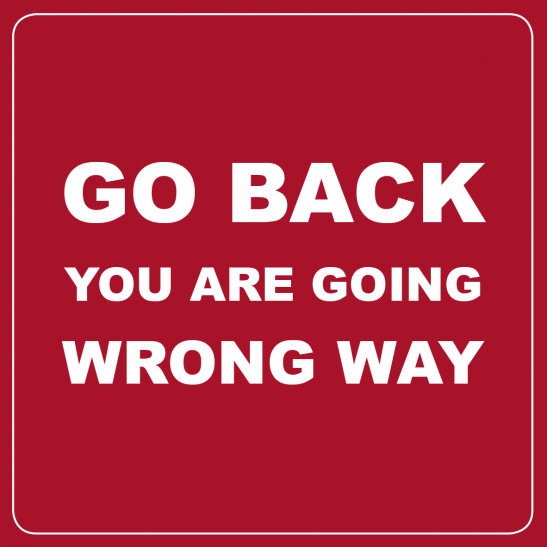Weighing Sunk Costs
22.08.2013
You are well into a project and you've just hit a serious, unanticipated obstacle that could jeopardise the prospects for success. The sunk costs could potentially amount to a significant proportion of the total project budget. How do you assess whether or when to cut your losses and change course on an engineering problem?
This is a recurrent theme in engineering, where project complexity can easily obscure underlying truth. A simple approach to improve decision making in these situations combines two widely used tools for economic choice; namely earned value and opportunity cost.
Sunk costs are explained as unrecoverable past or committed expenditure. Earned value represents the worth that can be realised from the sunk costs as a particular future course of action is chosen. This worth ranges from nothing (i.e. everything done so far is practically worthless) to some significant proportion of the sunk cost. Reducing the uncertainty of earned value is crucial to sound decision making.
Estimating earned value honestly and objectively can be tough for several reasons. For instance even with no obvious tangible outcome to date, valuable knowledge and expertise may have been acquired. And in spite of physical evidence of construction, there may be no real value in keeping some items that will never deliver the outcome originally sought. Nonetheless the effort involved in assessing earned value pays off through clearer differences between the available choices (and generally less acrimony among affected stakeholders).
Opportunity cost is the price you pay when selecting one choice in preference to another. To ensure validity , the earned value estimate is used to adjust the opportunity cost of each possible future choice against the relevant value of past effort.
This seems logical enough, so why all the fuss over making a change if a better alternative is emerging compared to the present course of action? Because too often earned value is confused with sunk cost. This tends to skew the argument in favour of the status quo, making it easy to avoid any serious consideration of alternate choices that are available.
Using earned value improves the design of opportunity cost by reducing the false burden and inertia of sunk costs. This greatly improves the quality of the decision making process when difficult situations arise. And while this doesn't automate decisions, which are ultimately about courage and leadership, it does make firmer ground upon which to hold your convictions.



